20 Facts You Didn’t Know About Apollo 11
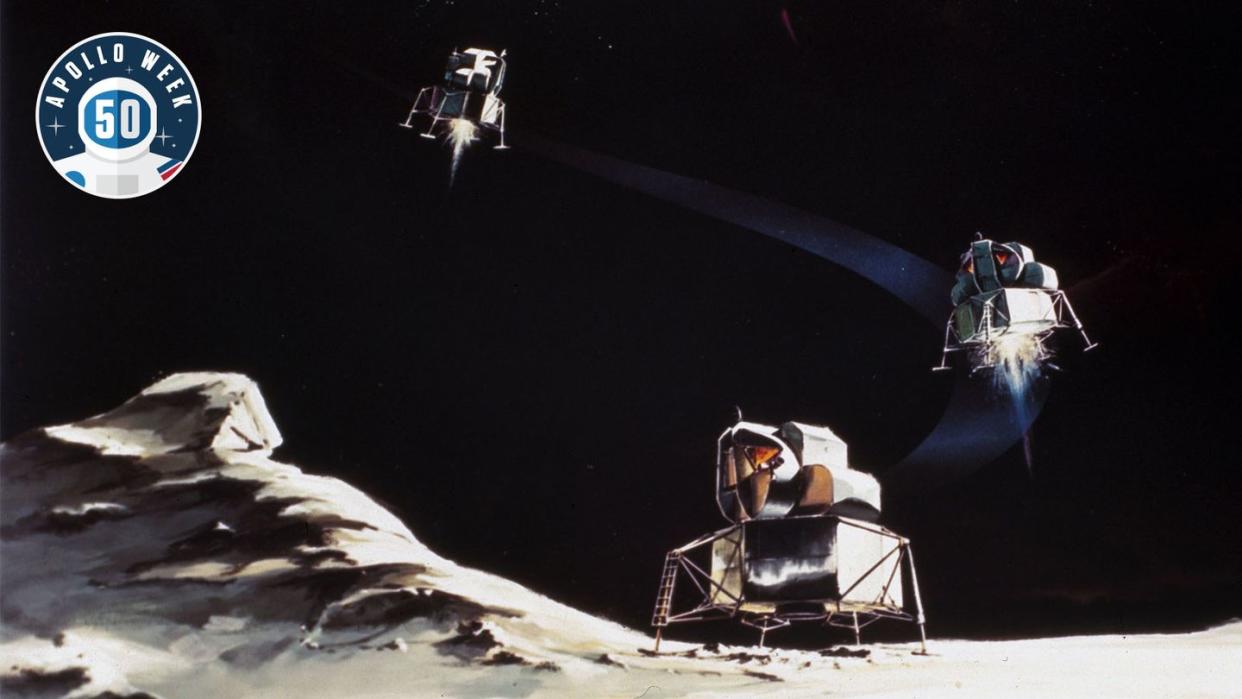
- Oops!Something went wrong.Please try again later.
- Oops!Something went wrong.Please try again later.
Apollo 11 is a story well-documented. But with so many people involved in the mission and the immense influence of the Moon landing, some facts have fallen into relative obscurity. Here are a few that you might not know.
No Small Step
Neil Armstrong’s “one small step for man” wasn’t small at all. He had to drop about 3 1/2 feet from the foot of the Eagle’s ladder to the surface.
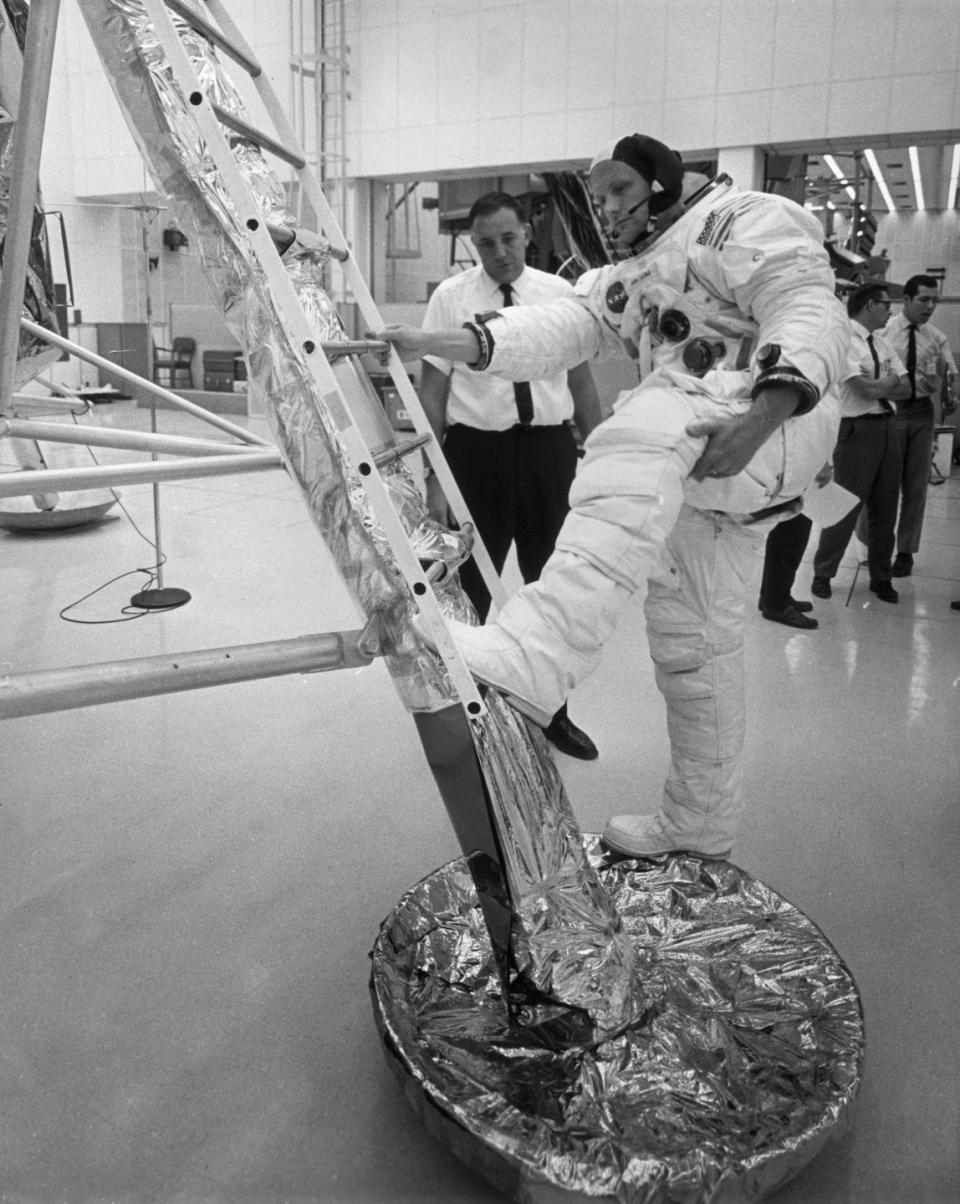
Door Ajar
They could have been locked out. When lunar module pilot Buzz Aldrin joined Armstrong on the Moon’s surface, he had to make sure not to fully close the Eagle’s hatch because the cabin would start repressurizing, making it difficult to re-enter.
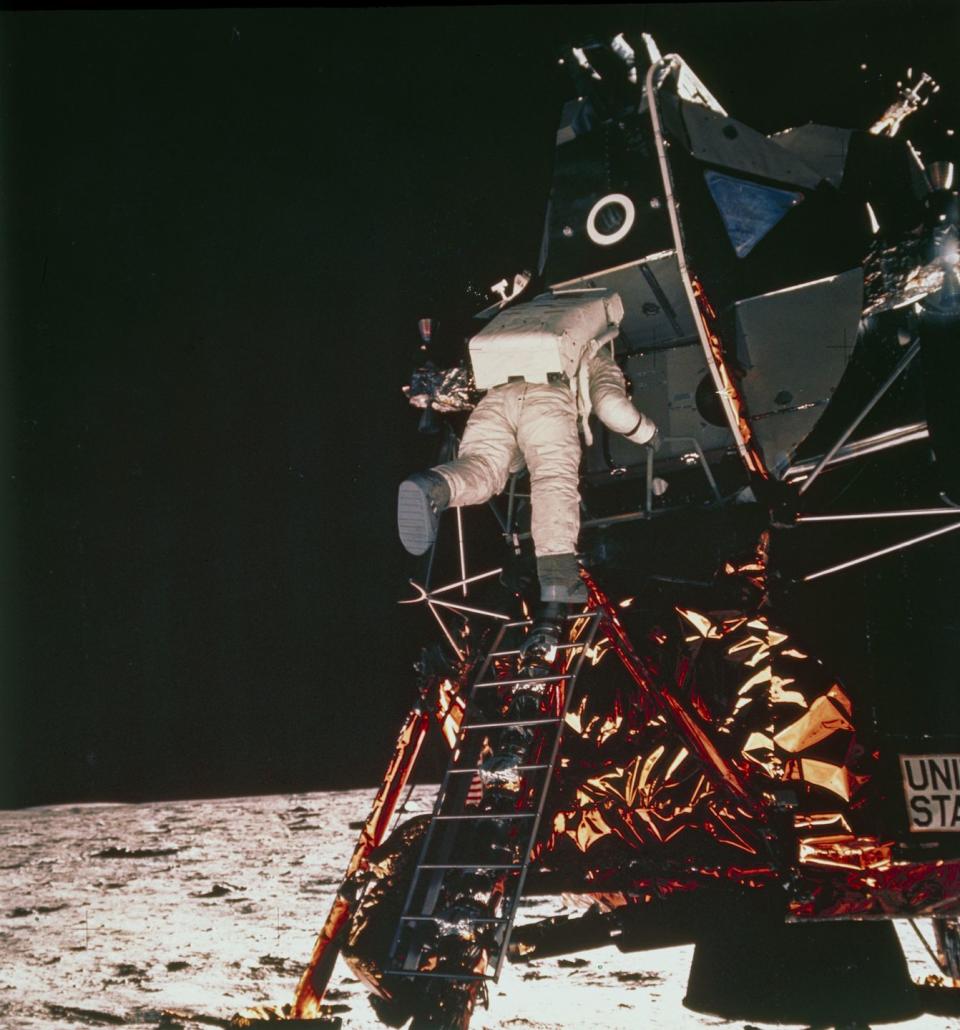
Left Behind
Between 1969 and 1972, astronauts left behind more than footprints—mostly things to help save weight for takeoff. Things like rovers, descent and ascent stages, astronaut boots, and a gold replica of an olive branch.
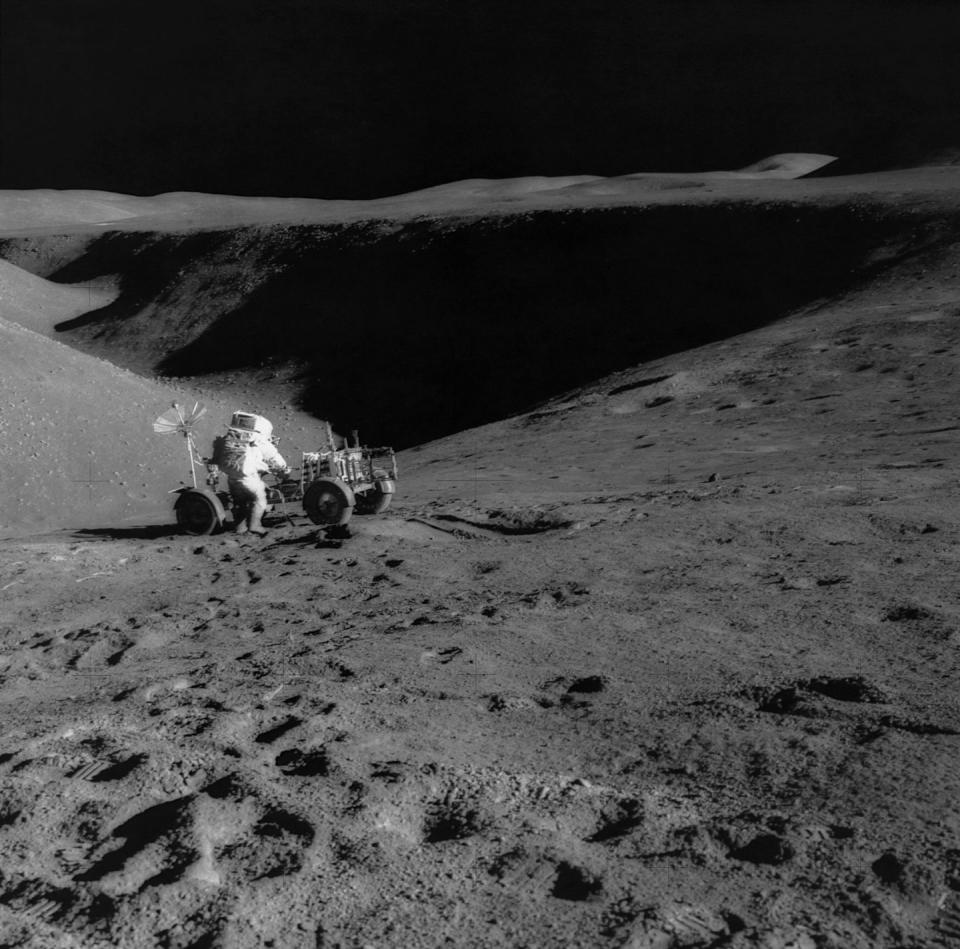
In Command
The Command Module cabin was about as roomy as a large car.
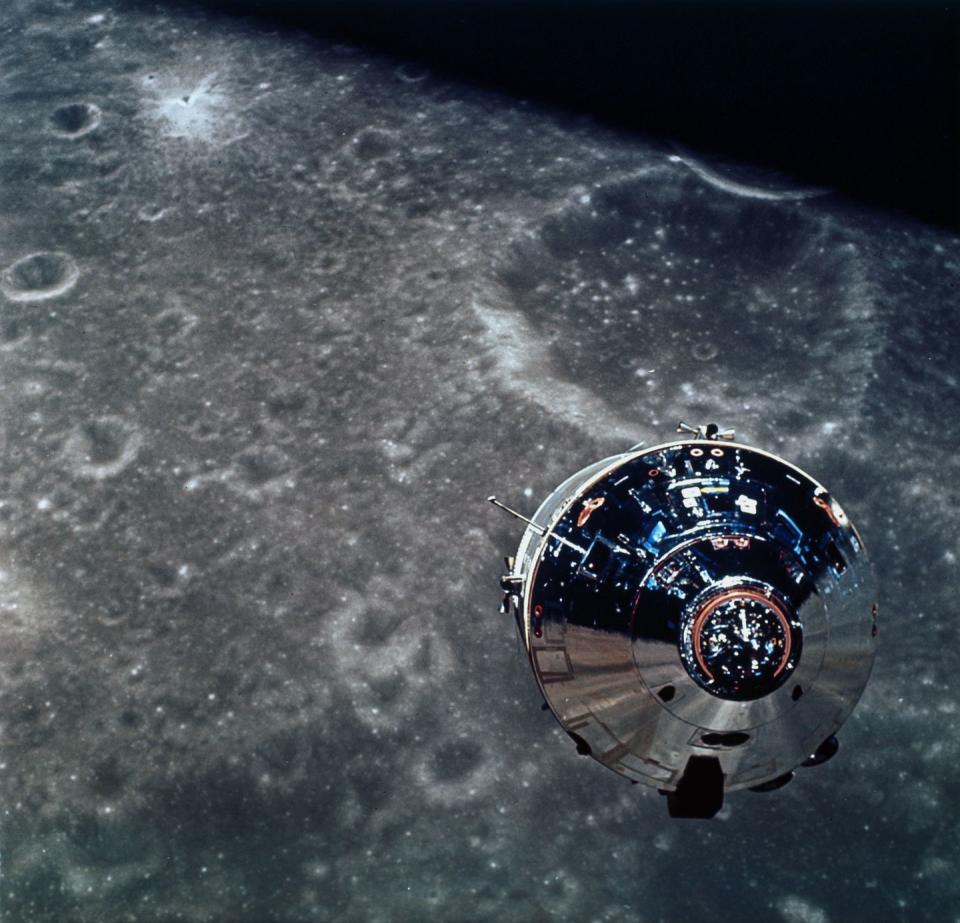
A Lunar Jam Session
Pink Floyd jammed the tune “Moonhead” during the BBC’s live television coverage of the Moon landing.
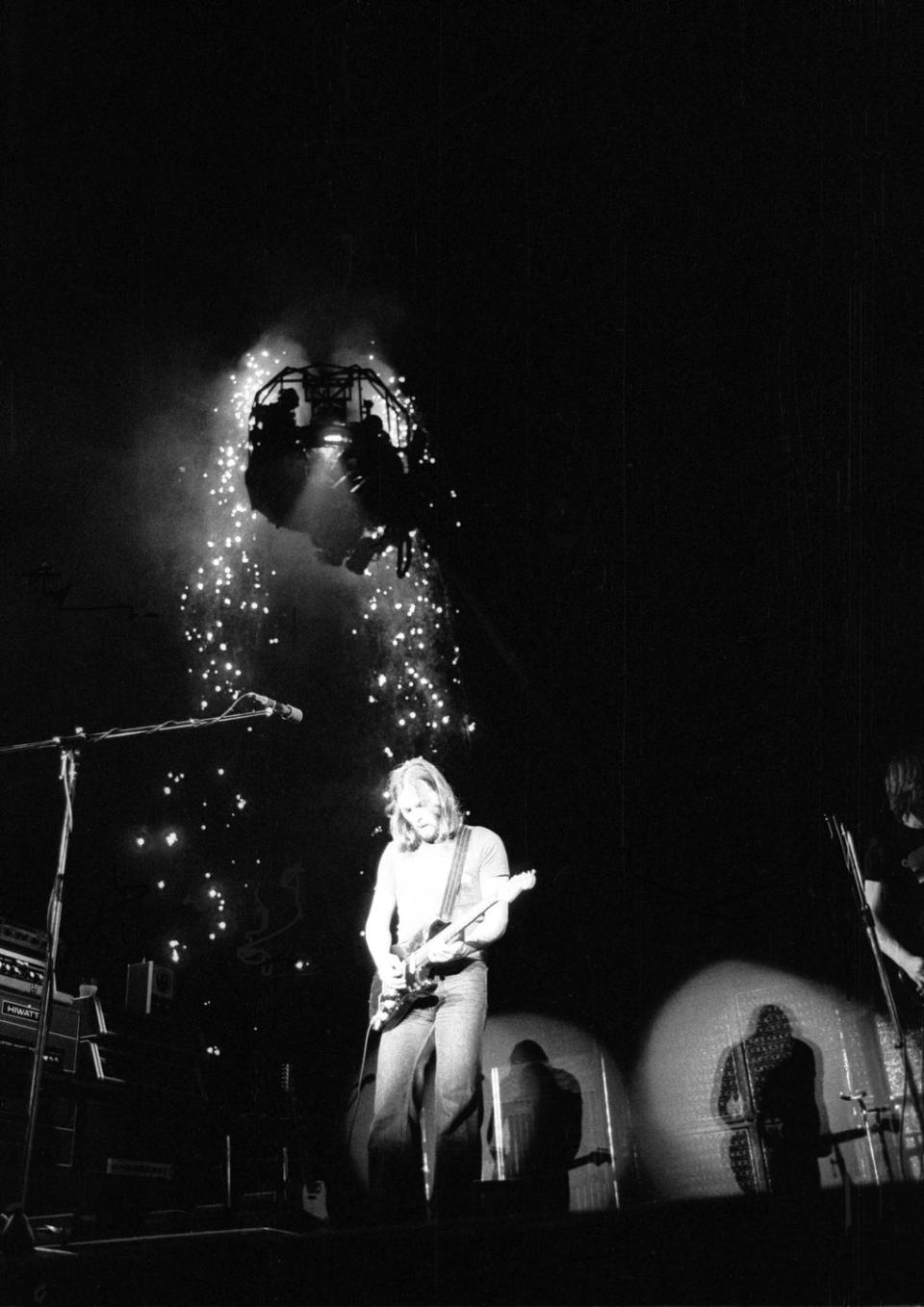
A Special Flag
The American flag planted on the Moon by the Apollo 11 crew was likely purchased at a Houston Sears store by a NASA secretary.
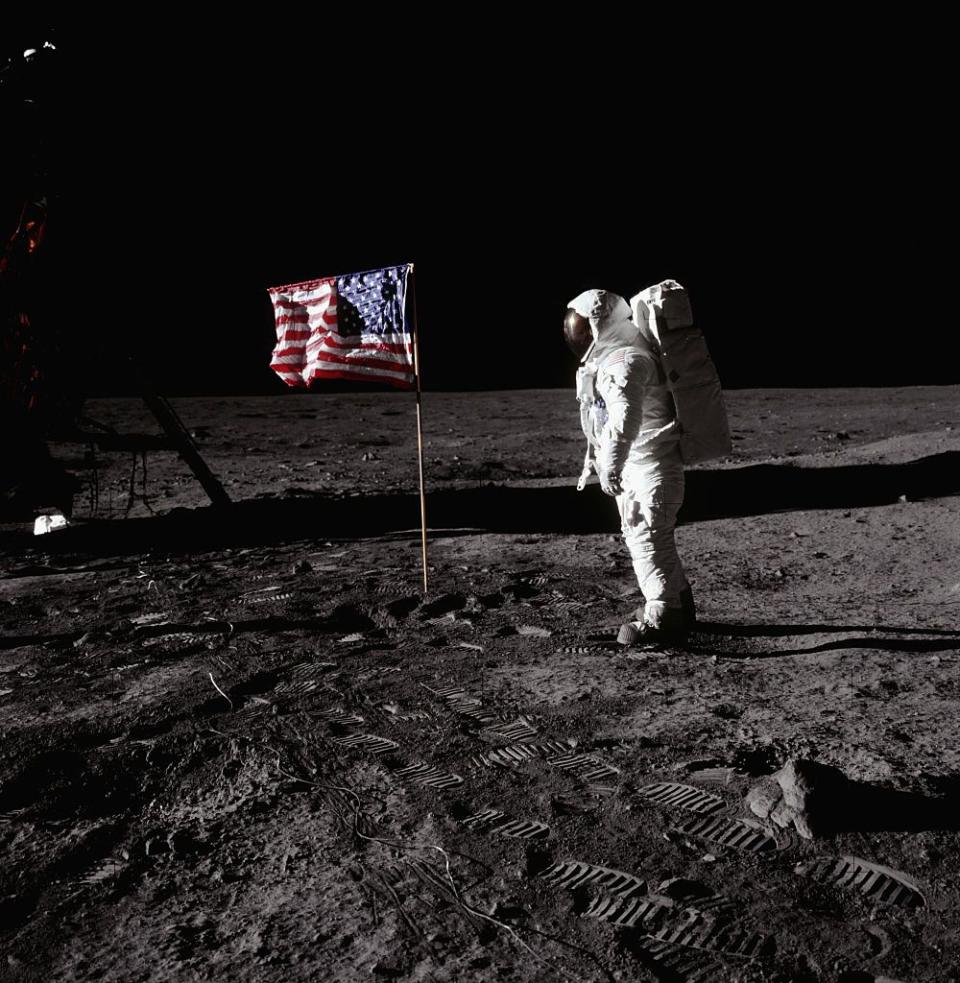
The Mission Continues
In 2019, 50 years after the famed landing, six teams of scientists began to examine one of three caches of lunar regolith from Apollo missions that have been stored at NASA’s Johnson Space Center since 1972. The last pristine Apollo sample was opened for investigation in 2022.
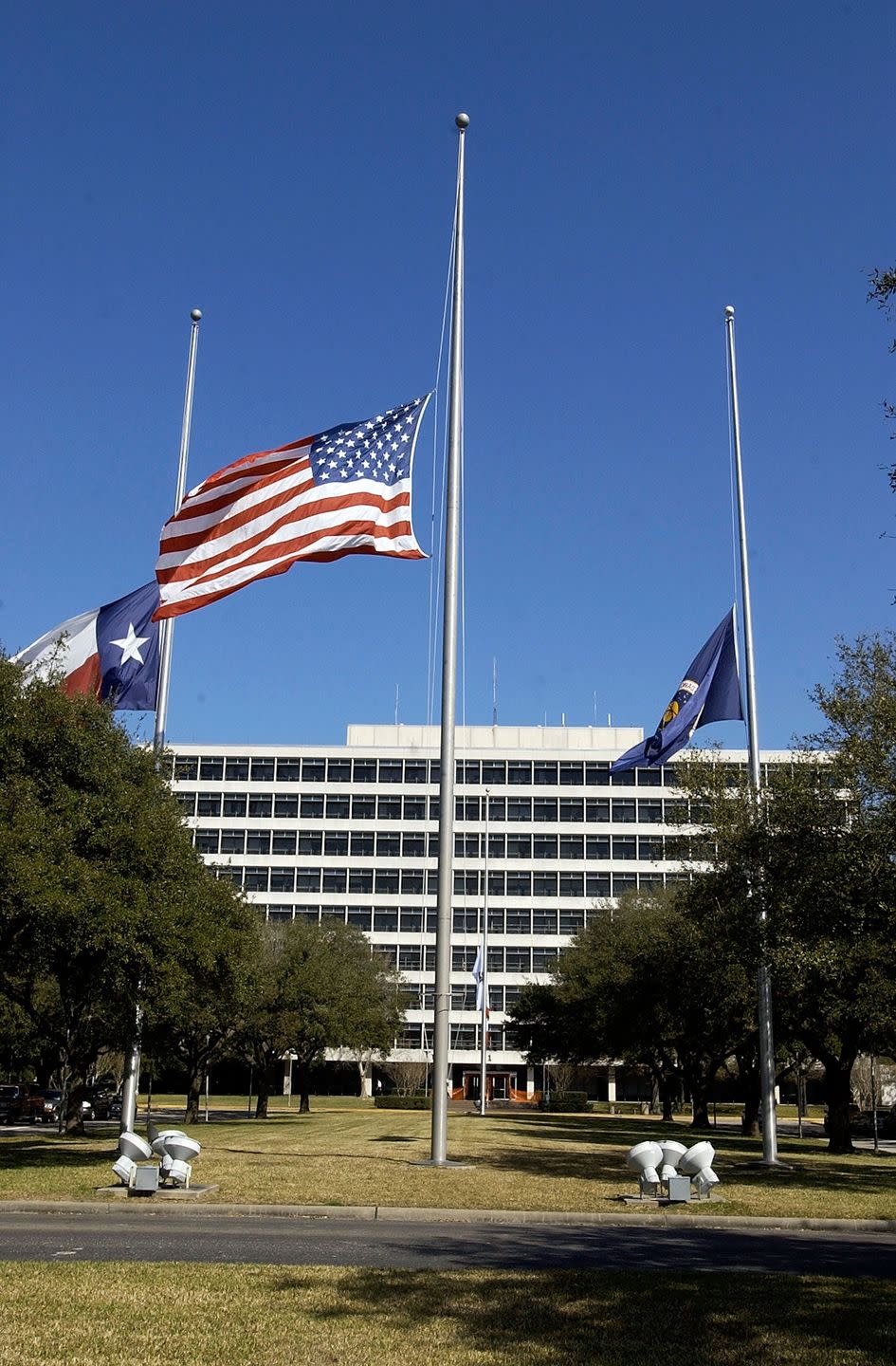
Some Serious 60s Computing
The Apollo Guidance Computer weighs 70 pounds, yet it was less powerful than today’s smartphones.
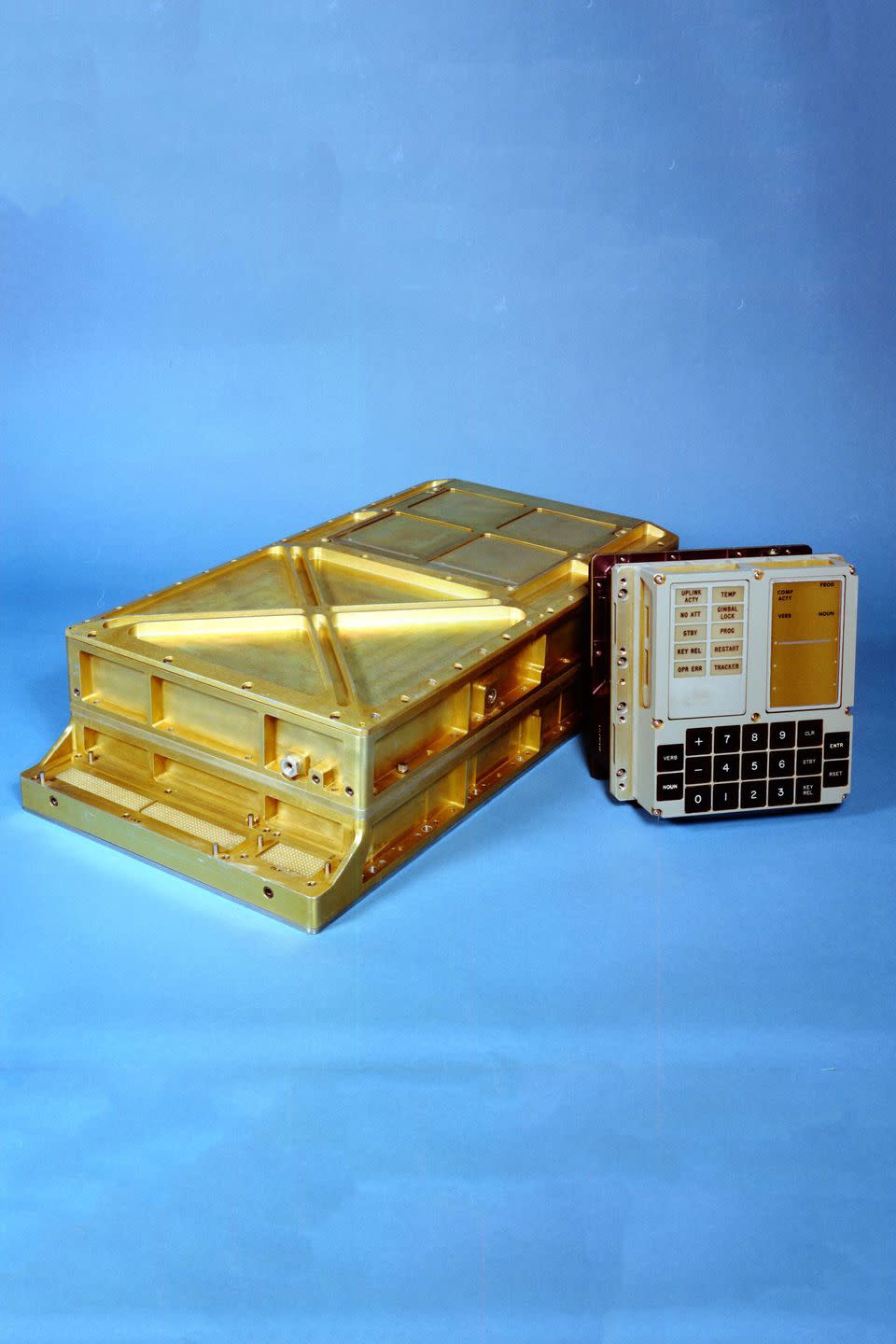
Ain't No Fake
In 2015, University of Oxford physicist David Robert Grimes, Ph.D., developed a mathematical model determining that if the U.S. Moon landings were faked by the government, an estimated 411,000 people would have been in on the hoax, and at least one person would have leaked the conspiracy within 3 years and 8 months.
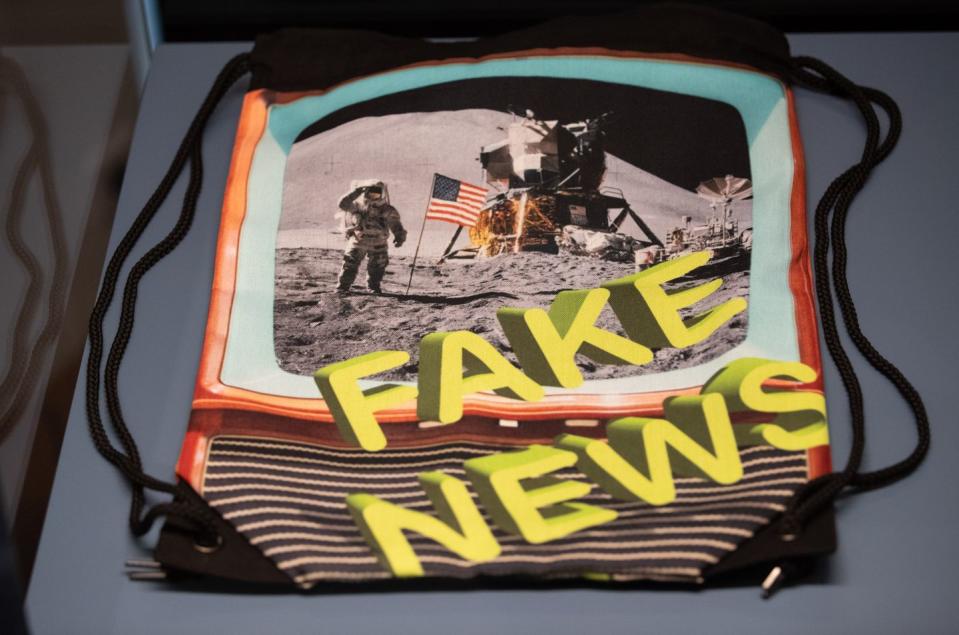
Surprising Inventions
Apollo engineering influenced a lot of technologies and products, such as freeze-dried backpacking meals, Dustbuster cordless vacuums, Nike Air running shoes, anti-fog ski goggles, and studless winter tires.
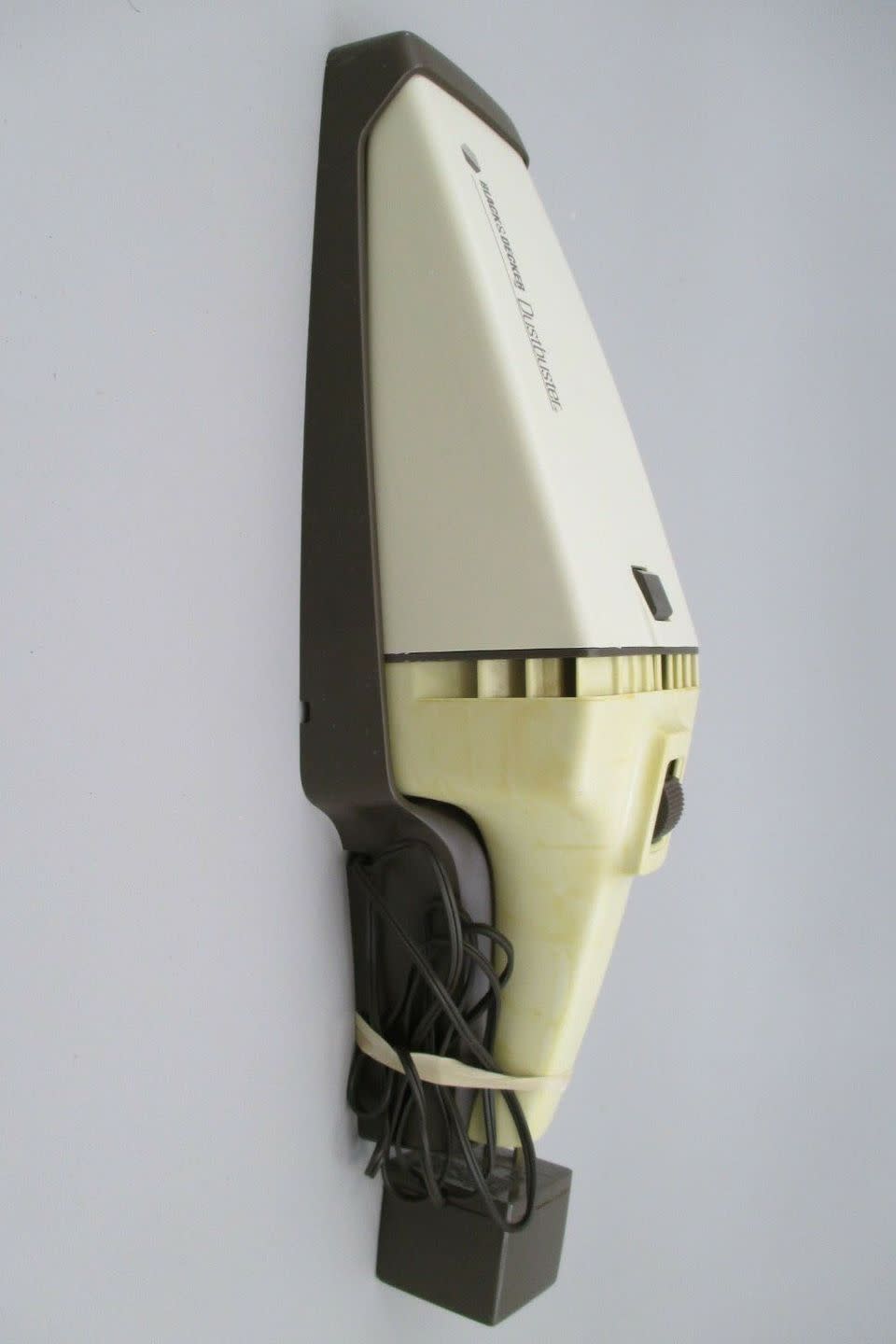
The First Last Supper
The first supper on the Moon was the Last Supper. Shortly before stepping on the Moon, Buzz Aldrin took the rite of Christian communion, consuming the sacraments of wine and bread that he brought on board.
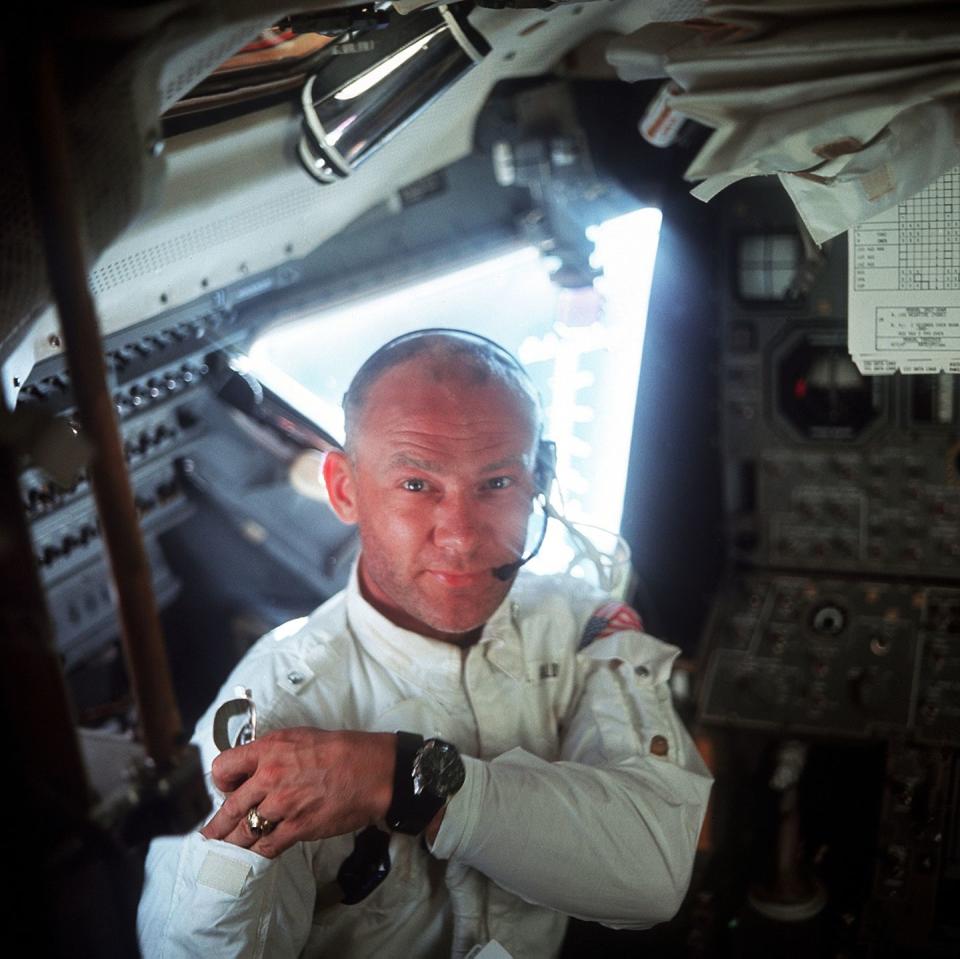
Space Scout
Eagle Scout Neil Armstrong earned 26 merit badges (21 are required), but not the Space Exploration merit badge. It wasn’t created until 1965.
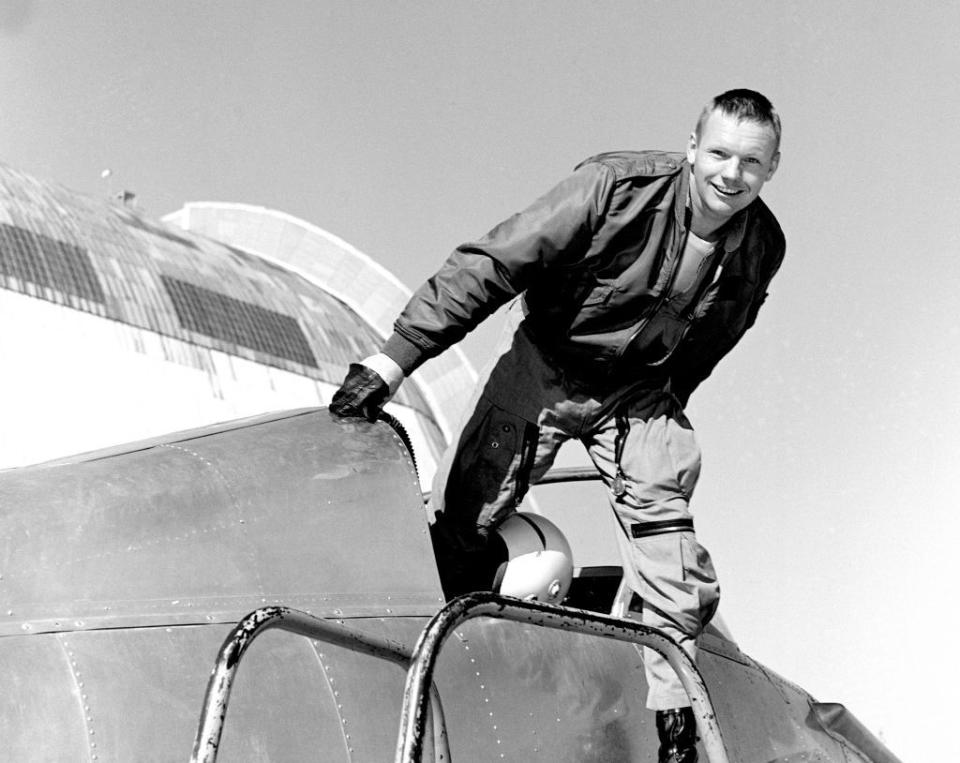
An Epic Misquote
While many believe Armstrong said “one small step for man,” Armstrong later said that he in fact did include “a man” in the quote but the audio cut out. It’s been intensely investigated for decades.
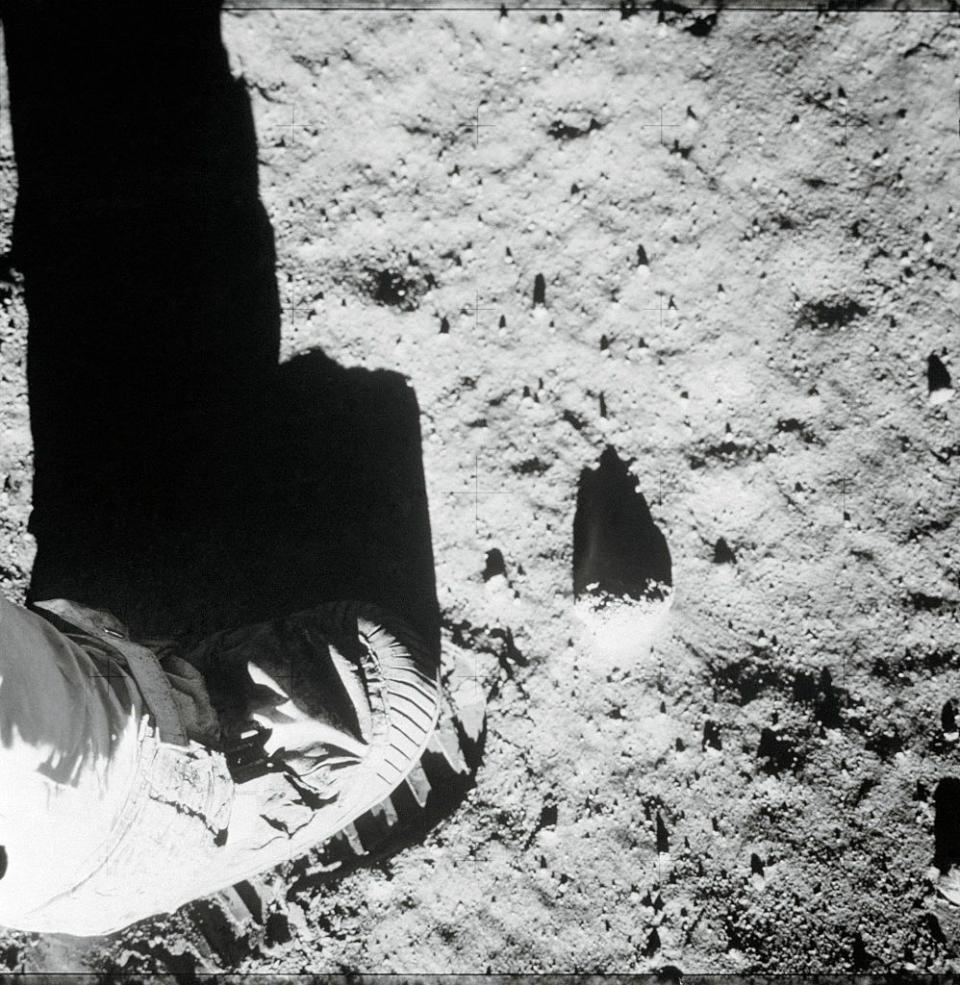
Rocket Goes Boom
The Saturn V rocket that launched Apollo 11 burned through 203,400 gallons of kerosene fuel and another 318,000 gallons of liquid oxygen to lift the spacecraft just 38 miles into the sky.
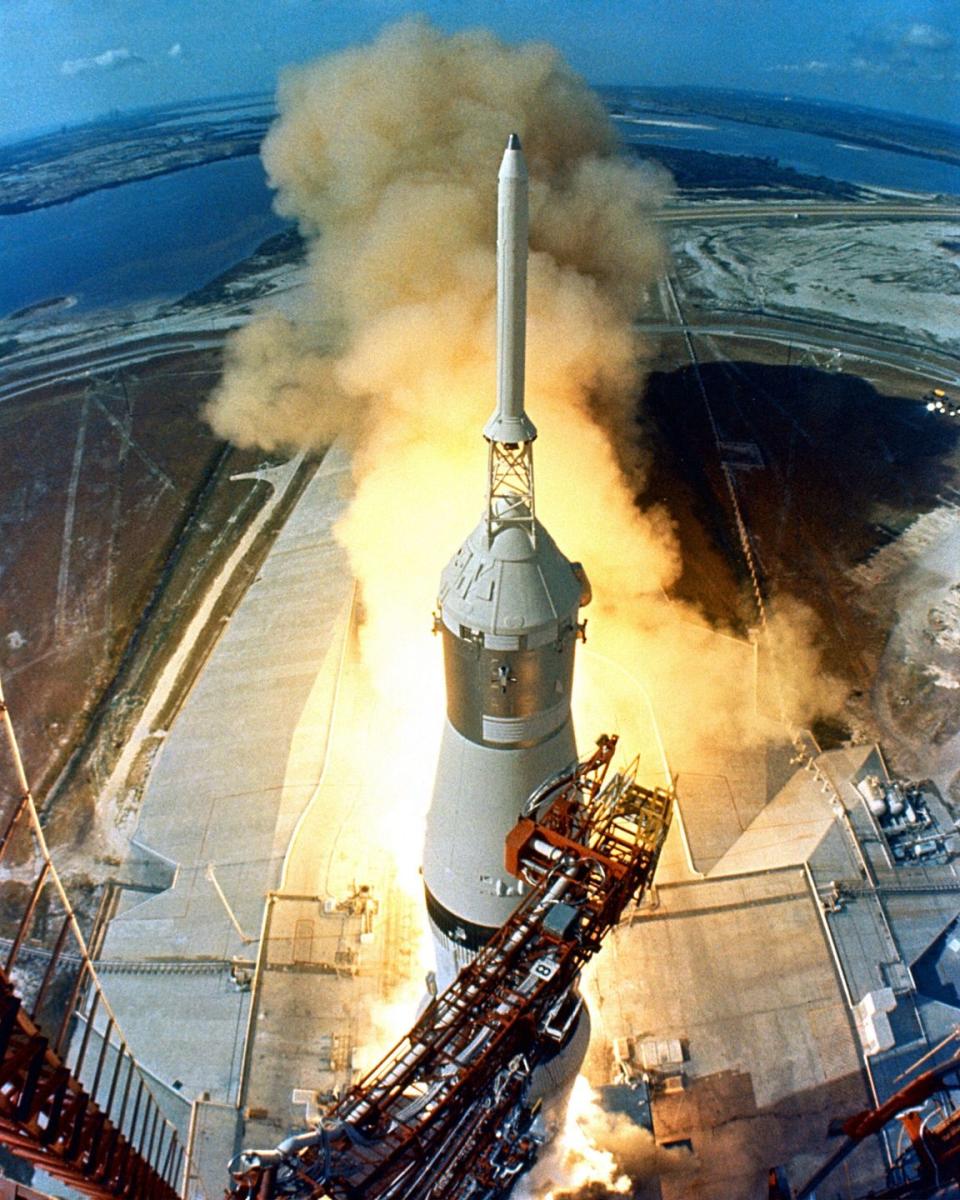
A Big Explosion
If the Saturn V rocket had exploded, it would have created a fireball in excess of 2,500 degrees Fahrenheit.
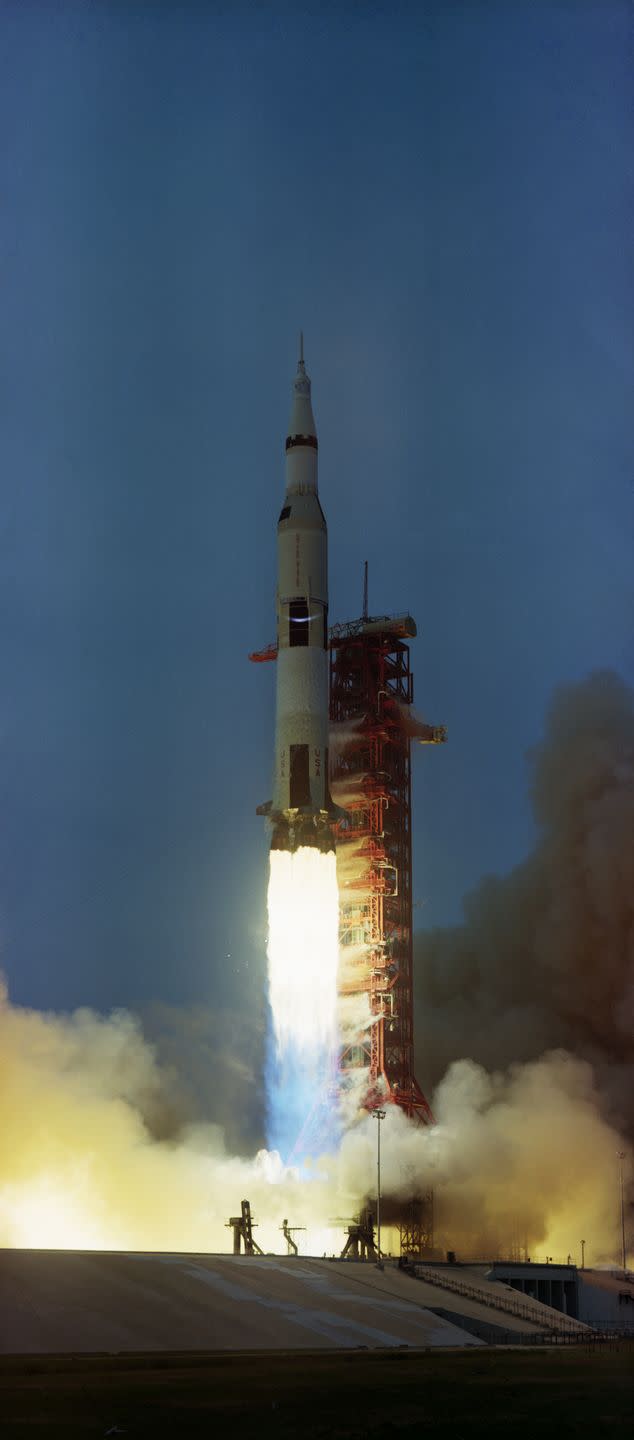
Transport to Sick Bay
Upon returning to Earth, Apollo 11 astronauts were quarantined for two weeks in case they had been contaminated with dangerous pathogens.
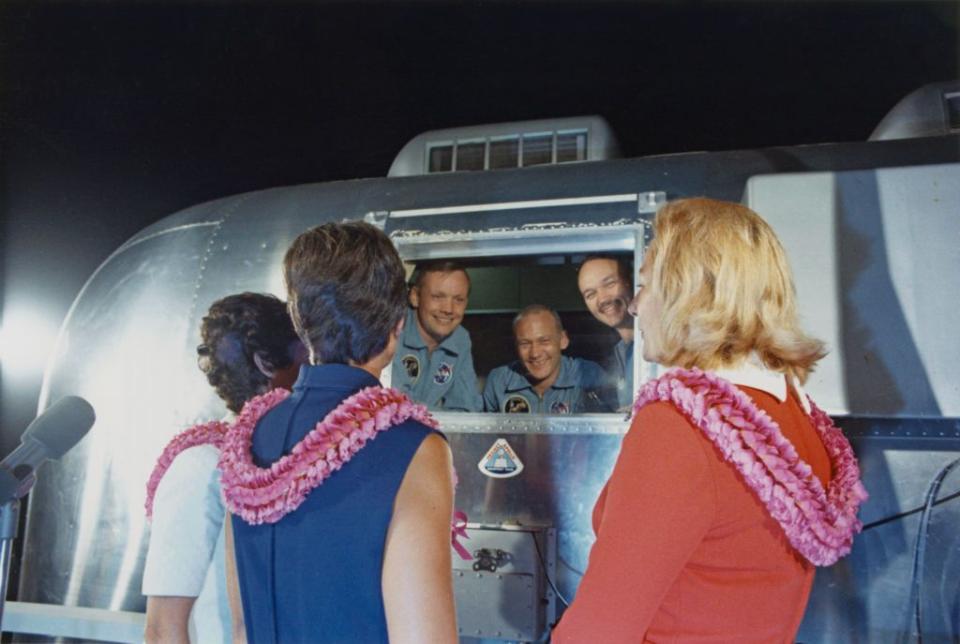
Just In Case
President Richard Nixon's speechwriter drafted a just-in-case address, July 18, 1969. “IN EVENT OF MOON DISASTER: Fate has ordained that the men who went to the moon to explore in peace will stay on the moon to rest in peace. These brave men, Neil Armstrong and Edwin Aldrin, know that there is no hope for their recovery. But they also know that there is hope for mankind in their sacrifice...”
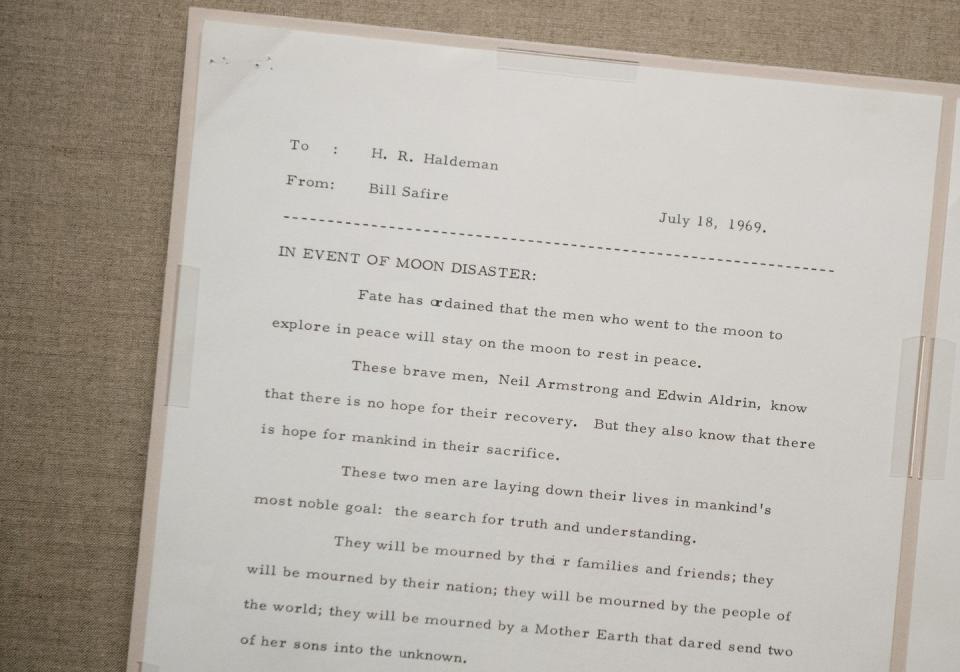
An Insurance Problem
The mission was so dangerous, the astronauts couldn’t get life insurance. So they each autographed hundreds of philatelic “covers,” envelopes their friends had postmarked on July 20, 1969, which they knew their families could sell to collectors to fund their kids’ college educations if they did not return.
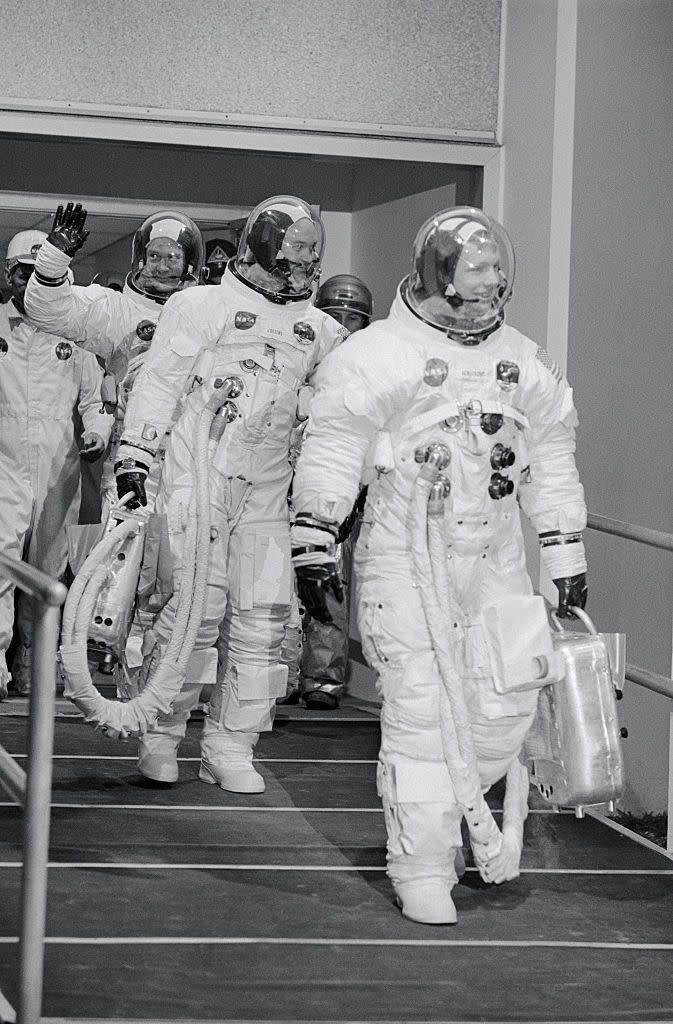
A Mean Punch
Aldrin threw a Buzz uppercut. In 2002, the former astronaut punched a documentary maker who poked him with a Bible and demanded he swear the Moon landing wasn’t staged.
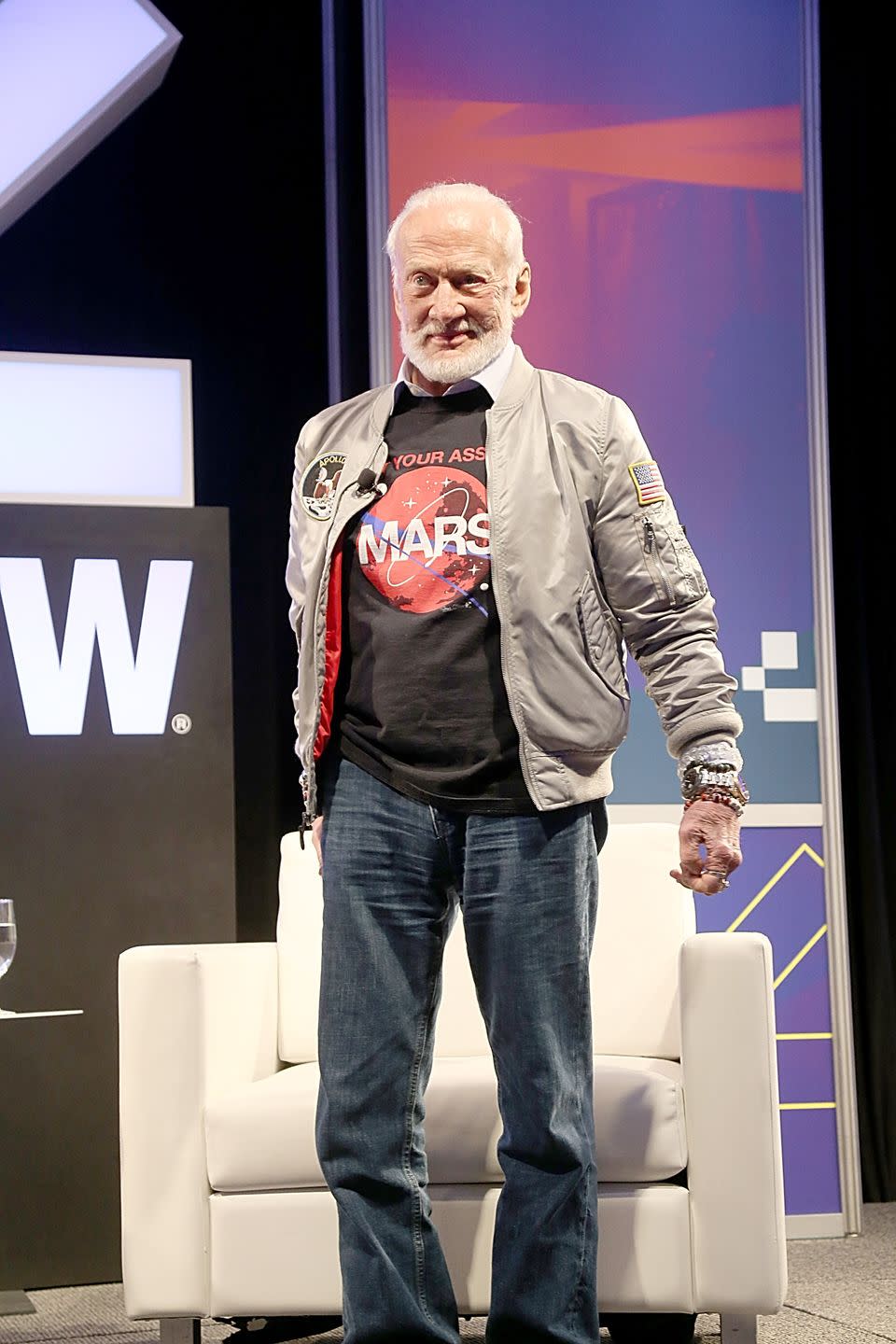
No Hoax Here
Sorry, hoax theorists: NASA’s Lunar Reconnaissance Orbiter Camera took photos of the six American flags left on the Moon. Five are standing, but Apollo 11’s was knocked down by takeoff thrust.
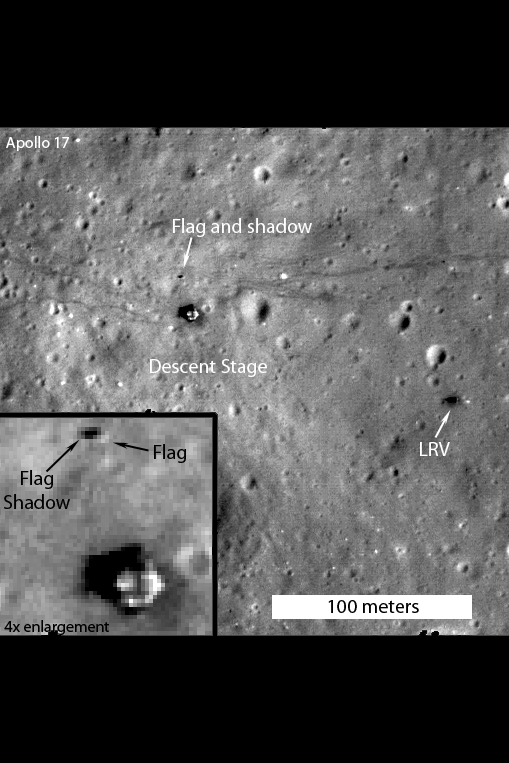
You Might Also Like

